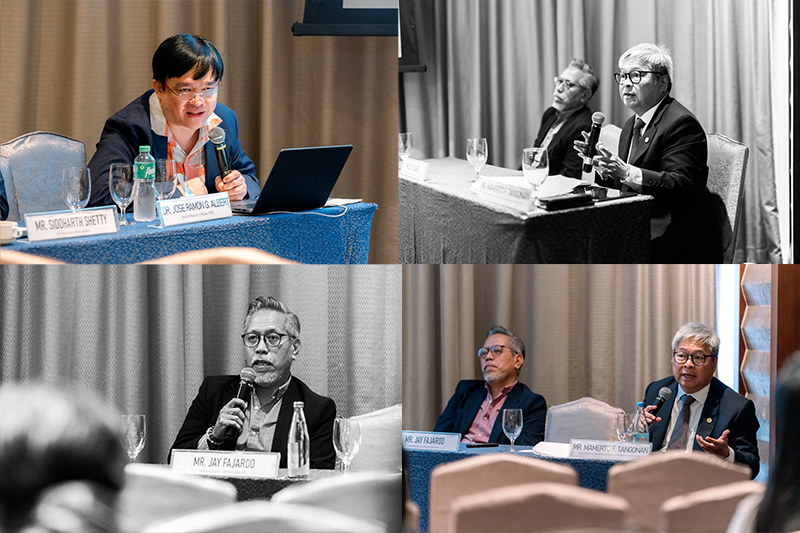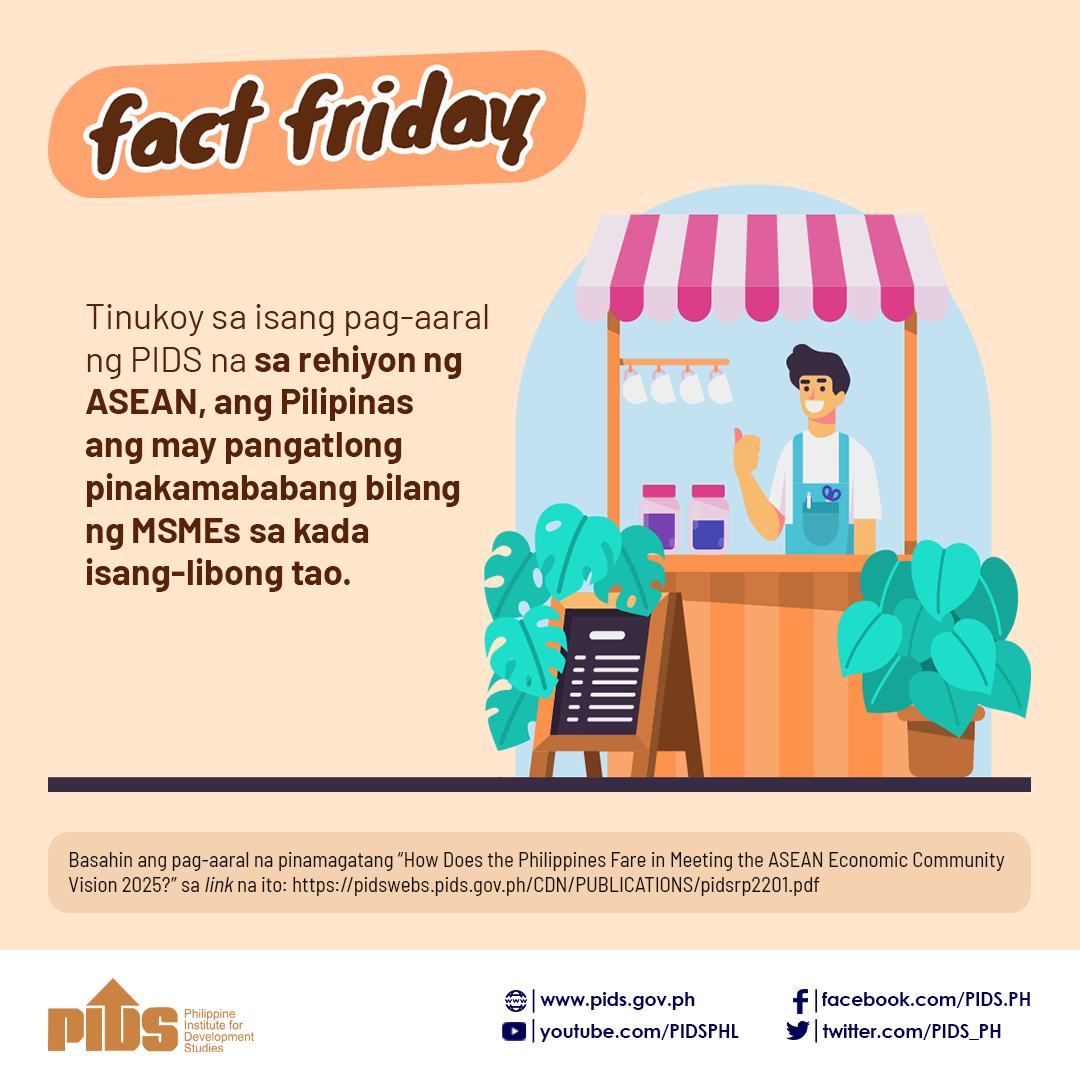A TOP official of the gift, decors and houseware (GDH) export sector is hoping the new administration will work for real inclusive growth and address issues in microfinance for more entrepreneurs to participate in the global value chain.
“Financing remains a critical factor for our small raw material suppliers to grow. Interventions are already in place but we need to further strengthen the financing plan for the micro, small and medium enterprises (MSMEs),” said Cebu GDH President Venus Genson, owner of Art N Nature Manufacturing Corp.
Provisions of presumptive president Davao City Mayor Rodrigo Duterte’s eight-point economic agenda including ensuring the Philippines remains attractive to foreign investors; enhancing competitiveness in doing business in the country; and providing support services to small farmers to increase productivity and improve market access.
“We are hopeful about this new administration, especially in helping our small players in the business grow,” she said.
State think-tank Philippine Institute for Development Studies (PIDS) noted that getting the SME sector integrated into regional and intra-regional global value chains will help them expand, tap more markets and grow their revenues.
The study underscored the need for policy makers to develop a comprehensive and centralized credit information system for both firms and banks to use. It also pushed for research and development investments to help SMEs participate more in the global value chain.
More manufacturing
Genson reported that GDH exports are “a lot better now” than in the previous years as the economies of major markets, including the US, are recovering. The Philippine Government, on the other hand, has intervened by way of charting a direction for the sector.
“The GDH sector is doing well. We are receiving fresh orders from our overseas buyers,” said Genson, who also cited a strong collaboration among the government, private sector and academe.
The Department of Trade and Industry (DTI) and the University of the Philippines Institute for Small-Scale Industries (UP-ISSI) partnered last year to create a strategic roadmap for the GDH sector.
“We are happy that our government has started moving from being too concentrated in services export to manufacturing,” she said. “We are now really creating an industry out of it unlike in the past that it was more about cottage industries.”
Government will be looking at “innovative ways” to improve access to trade finance of MSMEs as outlined in the Philippine Export Development Plan (PEDP) 2015-2017. Exporters should be given more access to help them diversify markets, improve their competitiveness, and enhance the quality and range of their merchandise. It also calls on government institutions tasked to assist exporters in their financing requirements to “step up in extending credit guarantees” and explore new sources of credit.
The Export Development Council also intends to seek assistance from international financial institutions such as the World Bank and Asian Development Bank for long-term SME financing projects.//
“Financing remains a critical factor for our small raw material suppliers to grow. Interventions are already in place but we need to further strengthen the financing plan for the micro, small and medium enterprises (MSMEs),” said Cebu GDH President Venus Genson, owner of Art N Nature Manufacturing Corp.
Provisions of presumptive president Davao City Mayor Rodrigo Duterte’s eight-point economic agenda including ensuring the Philippines remains attractive to foreign investors; enhancing competitiveness in doing business in the country; and providing support services to small farmers to increase productivity and improve market access.
“We are hopeful about this new administration, especially in helping our small players in the business grow,” she said.
State think-tank Philippine Institute for Development Studies (PIDS) noted that getting the SME sector integrated into regional and intra-regional global value chains will help them expand, tap more markets and grow their revenues.
The study underscored the need for policy makers to develop a comprehensive and centralized credit information system for both firms and banks to use. It also pushed for research and development investments to help SMEs participate more in the global value chain.
More manufacturing
Genson reported that GDH exports are “a lot better now” than in the previous years as the economies of major markets, including the US, are recovering. The Philippine Government, on the other hand, has intervened by way of charting a direction for the sector.
“The GDH sector is doing well. We are receiving fresh orders from our overseas buyers,” said Genson, who also cited a strong collaboration among the government, private sector and academe.
The Department of Trade and Industry (DTI) and the University of the Philippines Institute for Small-Scale Industries (UP-ISSI) partnered last year to create a strategic roadmap for the GDH sector.
“We are happy that our government has started moving from being too concentrated in services export to manufacturing,” she said. “We are now really creating an industry out of it unlike in the past that it was more about cottage industries.”
Government will be looking at “innovative ways” to improve access to trade finance of MSMEs as outlined in the Philippine Export Development Plan (PEDP) 2015-2017. Exporters should be given more access to help them diversify markets, improve their competitiveness, and enhance the quality and range of their merchandise. It also calls on government institutions tasked to assist exporters in their financing requirements to “step up in extending credit guarantees” and explore new sources of credit.
The Export Development Council also intends to seek assistance from international financial institutions such as the World Bank and Asian Development Bank for long-term SME financing projects.//












